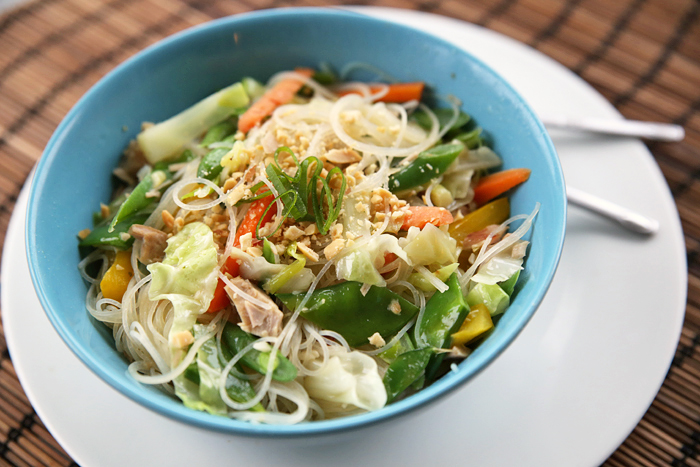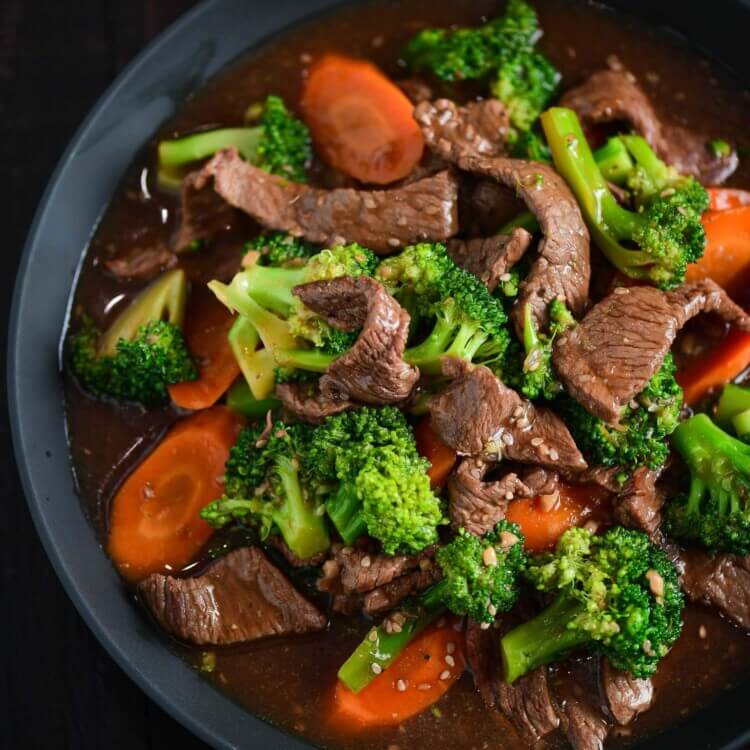Easy Filipino Food Recipes for Holidays and Celebrations.
Enjoy Traditional Filipino Flavors With Easy-To-Follow Recipes
Exploring standard Filipino cuisine supplies a special possibility to involve with an abundant tapestry of flavors and social stories. As we check out these cooking traditions, one might wonder just how to best bring the warmth of Filipino friendliness to their very own eating table.

Review of Filipino Cuisine
Exploring the dynamic tapestry of Filipino cuisine reveals an abundant cultural heritage influenced by different historical and geographical elements. As an outcome, Filipino cuisine is a special blend of Malay, Spanish, Chinese, and American aspects.
Rice works as the foundation of Filipino meals, typically come with by a selection of vegetables, meats, and fish and shellfish. Using bold tastes is a trademark of the food, with ingredients such as garlic, onions, ginger, and soy sauce playing crucial functions. The focus on common dining reflects the Filipino society of friendliness and household ties.
Road food likewise plays a substantial function in the cooking scene, showcasing regional components and imaginative cooking approaches. As the Philippines remains to accept globalization, the fusion of conventional and modern impacts can be seen in contemporary Filipino recipes, further enriching its cooking identity. Filipino food recipes. Overall, Filipino food is a testament to the country's background, society, and vibrant spirit
Must-Try Typical Recipes
Filipino cuisine is ideal experienced with its typical meals, each offering a distinct insight right into the nation's varied culinary heritage. Among the must-try dishes is Adobo, a savory stew usually made with poultry or pork, seasoned in vinegar, soy sauce, and garlic prior to being slow-cooked to perfection. Its rich and appetizing taste profile represents the heart of Filipino home cooking.
Another renowned dish is Sinigang, a sour soup usually prepared with tamarind, tomatoes, and numerous veggies. This dish can feature pork, shrimp, or fish, and is valued for its refreshing taste and warming top qualities.
Lechon, a whole baked pig, is a focal point at Filipino celebrations, understood for its crunchy skin and tender meat. It embodies the cheery spirit of Filipino events.
For those desire something pleasant, Halo-Halo is a wonderful dessert integrating crushed ice, sweetened fruits, jellies, and covered with leche flan and purple yam.
Each of these conventional dishes envelops the essence of Filipino society, inviting any person to enjoy the dynamic flavors and rich history that define the island chain's cooking landscape.
Step-by-Step Recipes
Food preparation genuine Filipino recipes in the house can be an enriching experience that brings the dynamic flavors of the Philippines right into your cooking area. With a wide variety of typical recipes to select from, employing detailed recipes allows both novice and skilled chefs to understand the methods and tastes essential to Filipino cuisine.
Begin by selecting a meal that intrigues you, such as adobo, sinigang, or lumpia. Each dish commonly includes a thorough ingredient list click here to read adhered to by clear instructions, leading you with the food preparation procedure. Beginning with prep work, which might include marinating healthy proteins, slicing veggies, or determining flavors. This foundational action guarantees a smooth cooking experience.
As you proceed, pay attention to food preparation techniques unique to Filipino food, such as sautéing (ginisa) or stewing (nilaga) These approaches can substantially enhance the depth of flavor in your meals. Additionally, timing is essential; comply with the suggested food preparation times to accomplish the ideal texture and preference.
Essential Active Ingredients and Tips
Regularly, the secret to grasping Filipino food depends on understanding and making use of essential active ingredients that specify its distinctive flavors. Central to many dishes are staples like soy sauce, vinegar, garlic, and ginger, which add to the special balance of full-flavored, sour, and sweet notes. Soy sauce functions as a base for marinates go and sauces, while vinegar, specifically cane vinegar or coconut vinegar, presents a tasty illumination that is vital in meals like adobo.
Rice is an indispensable component of Filipino dishes, usually served alongside major programs to absorb flavorful sauces. For a touch of authenticity, select jasmine or long-grain rice. Additionally, utilizing fresh fruit and vegetables such as tomatoes, eco-friendly beans, and eggplants boosts the recipe's vibrancy and nutritional value.
Do not neglect the importance of herbs and spices, such as bay leaves, lemongrass, and chili peppers, which raise the flavor profile. When cooking, keep in mind that patience is essential-- enabling components to blend together results in richer flavors. Finally, embrace the practice of sampling as you go; this will certainly allow you to change seasonings and accomplish the excellent equilibrium that characterizes Filipino food.
Serving and Delighting In Filipino Dishes
Understanding the subtleties of Filipino food prolongs past preparation and components; it incorporates the means meals are offered and appreciated. The Filipino eating experience is characterized by public sharing, advertising a sense of togetherness and party. Typically, recipes are offered in huge servings, allowing restaurants to take part in a selection of tastes.
Rice, a staple in Filipino dishes, is typically acted as the foundation upon which the other recipes rest. Going along with viands, such as adobo, sinigang, or lechon, are put in the center of the table, welcoming visitors to offer themselves. Filipino food recipes. This technique not only cultivates a loosened up environment however also encourages discussions and connections among diners

Conclusion
In conclusion, conventional Filipino food uses a official statement rich tapestry of tastes and cultural relevance, inviting exploration through its diverse dishes. Involving with this vivid cuisine not only improves the eating experience yet additionally protects and commemorates the heritage of the Filipino people.